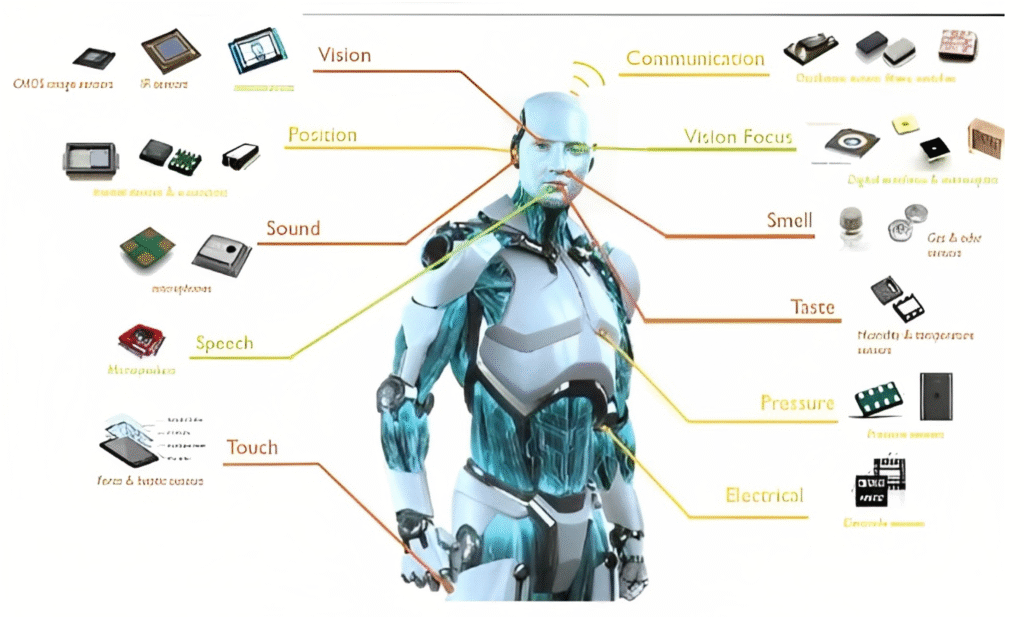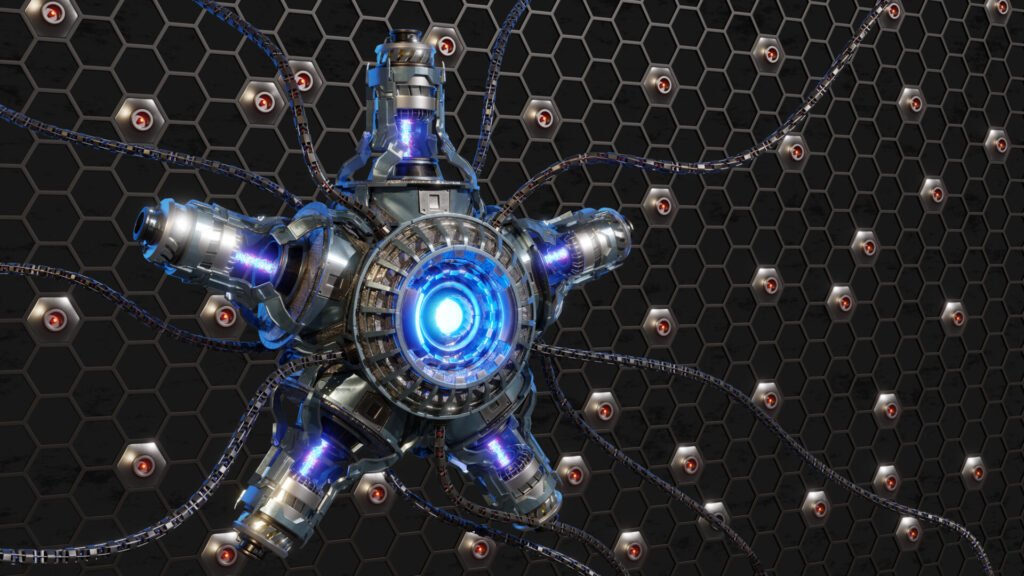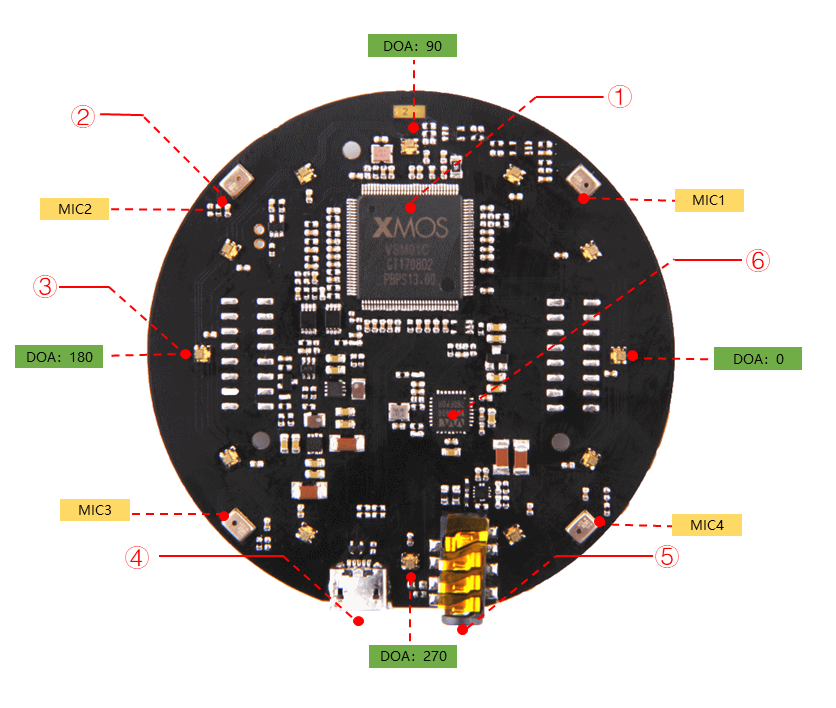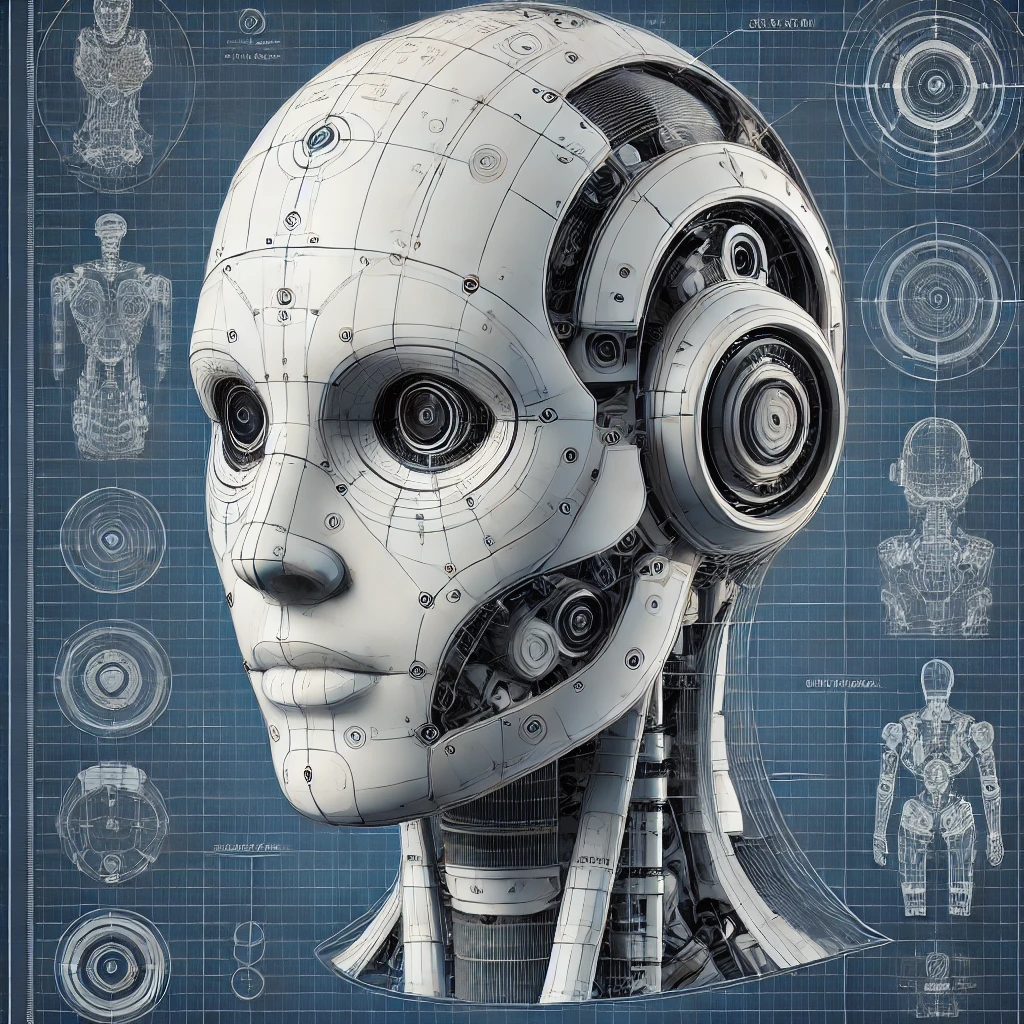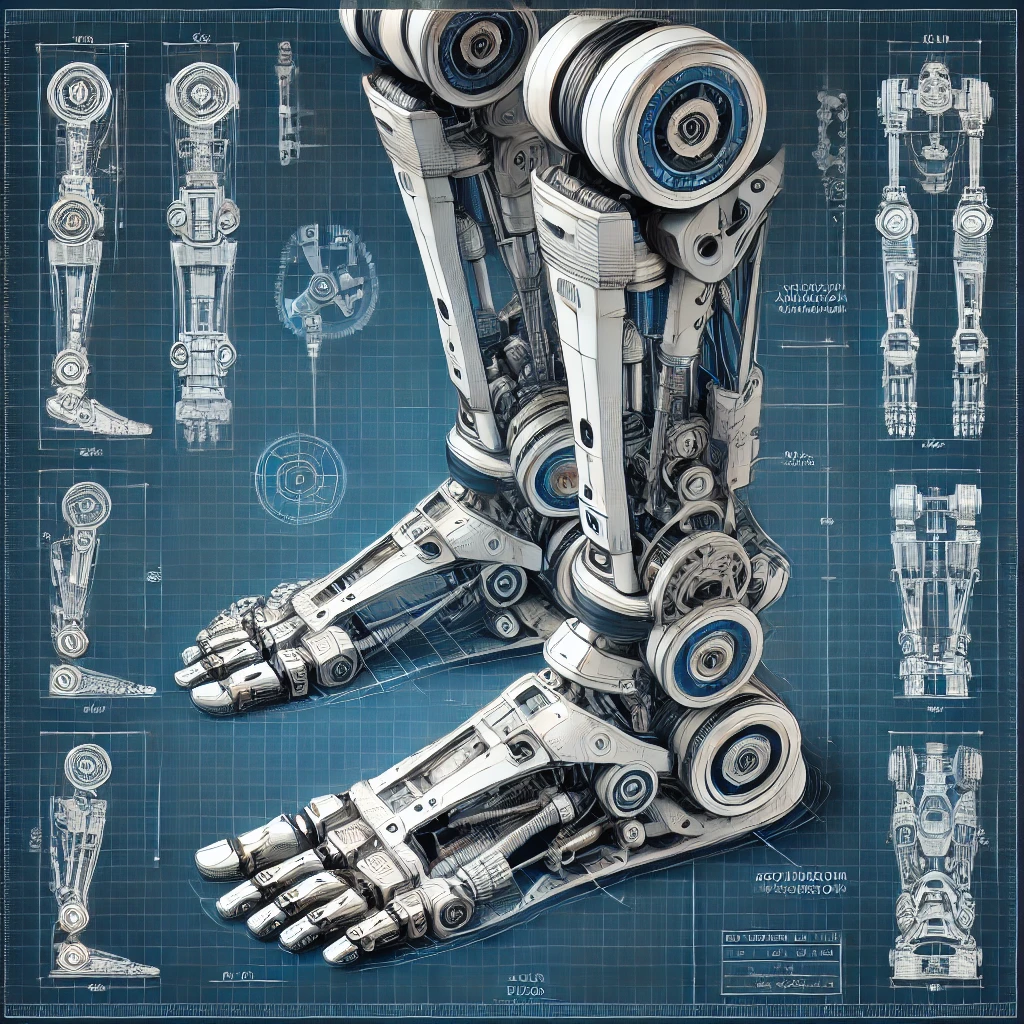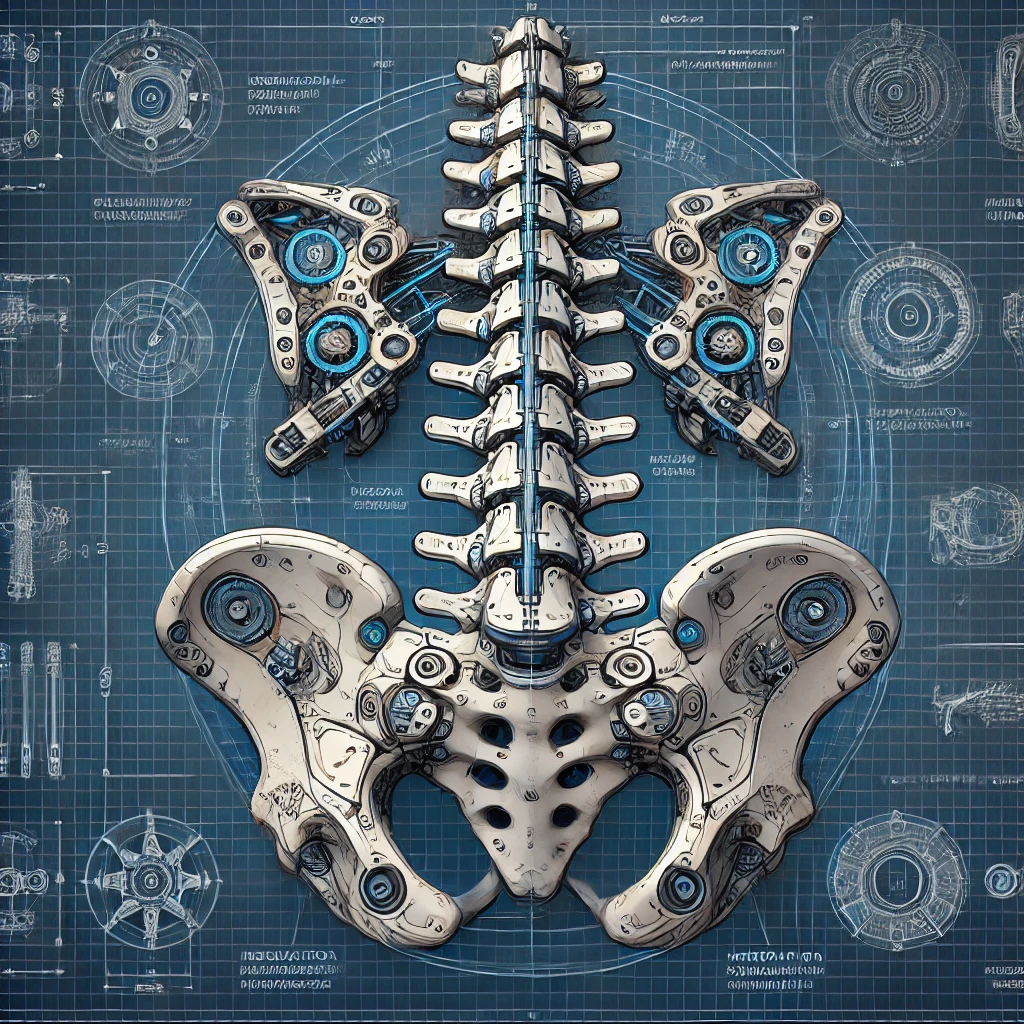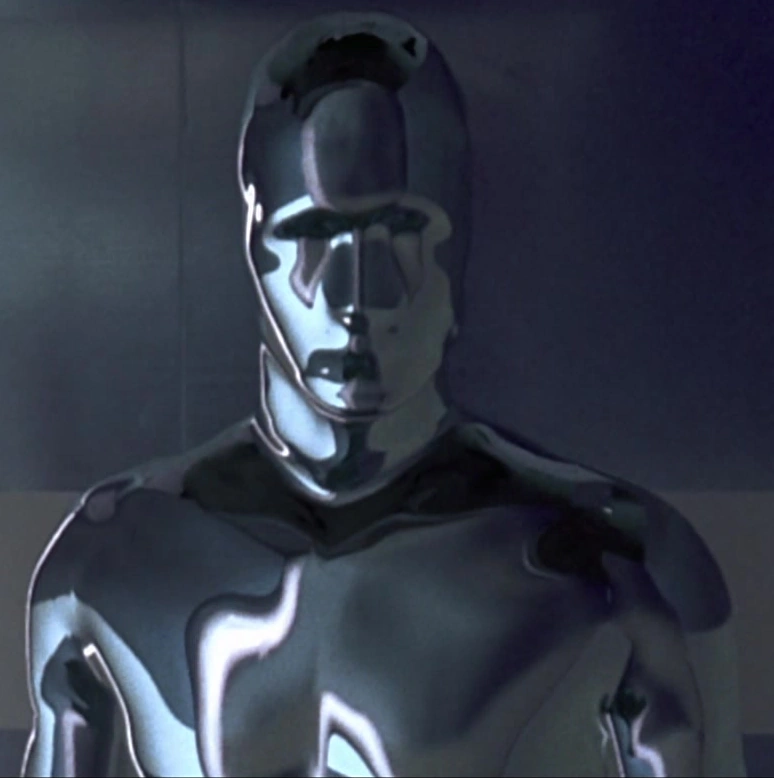Legends of Talking Statues: The First Humanoid Robots in Ancient Mythology
When we think of humanoid robots, images of sleek machines powered by artificial intelligence often come to mind, standing on the cutting edge of engineering and science fiction. Yet the fascination with creating lifelike beings capable of movement and speech is far older than modern robotics—rooted deeply in the myths of ancient Greece and Rome, […]
Legends of Talking Statues: The First Humanoid Robots in Ancient Mythology Read Post »

